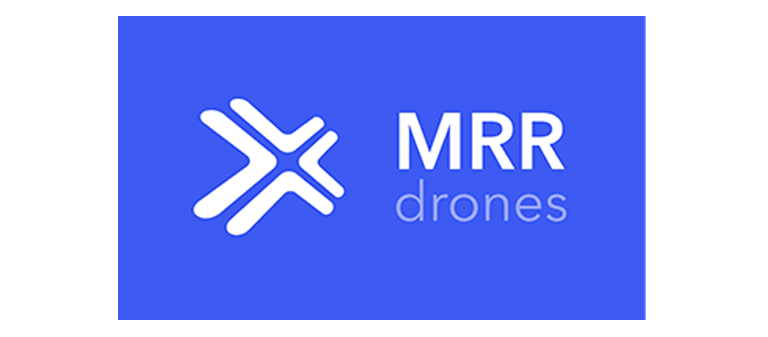Rust and Crack Detection from Drone Images
Project description
The project aims to develop an AI- powered crack and rust detection using drone images to inspect industrial buildings. By leveraging advanced deep learning models like SegFormer and Mask R-CNN, the system automatically identifies and segments cracks and rust in high-resolution images captured by drones. The project integrates image preprocessing, model training, and evaluation to build a robust pipeline for accurate crack and rust detection, enabling early maintenance and reducing structural risks.
Context
Infrastructure maintenance is critical for ensuring the safety and longevity of industrial buildings and facilities. By capturing high-resolution images and applying deep learning models for crack and rust detection, inspections can become faster, safer, and more consistent. This project fits into this evolving landscape, aiming to harness AI-driven analysis of drone imagery to improve the efficiency and reliability of structural health monitoring
Results
The models( for cracks- U-Net, ResNet, SegFormer,Custom CNN, Transfer Learning with pre-trained ResNet18, CNN with SE, ViT (Vision Transformer)) were validated on an independent test set from actual industrial sites, confirming their practical applicability and generalization beyond the training data. The ViT was performing well and it would be nice if the dataset contains more data from the drone. There was a reduction of effort for the models, all of the models that performed nicely for the classification and segmentation were finetuned.
The rust detection model achieved an Intersection over Union (IoU) score of approximately 0.45. While this indicates a solid baseline, there is clear room for improvement, especially considering the dataset was entirely self-annotated, which may introduce bias or labeling inaccuracies. Despite these limitations, the results are visually impressive. When viewed, the model’s ability to detect and segment rusted areas demonstrates strong potential and lays a promising foundation for further refinement.
About the project group
The duration of the project was 18 weeks and we were separated in 2 groups, one of which was focused on the crack detection and the other one on the rust. We had weekly meetings during which we discussed the progress and we also had bi-weekly meeting with our stakehodler.






